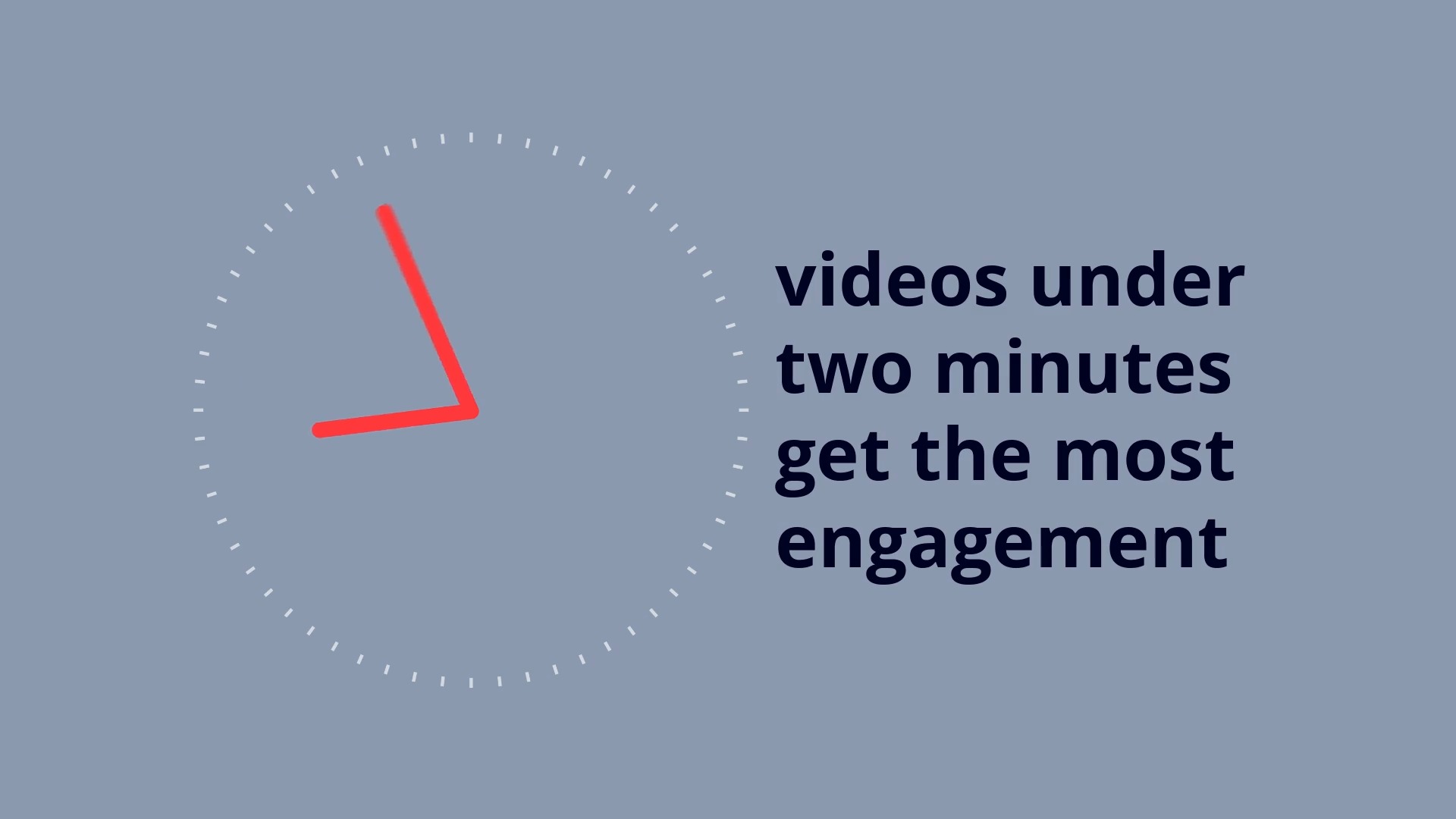Play Video
- Templates
Marketing Infographic Video Template
Use this infographic template to make your marketing meetings a breeze.
Add your statistics, swap in the relevant scenes, and you’re ready to make a slam-dunk at your next marketing meeting.
- Use cases
Sales, Marketing, Social Media, LinkedIn, YouTube
- Details
16:9 @ 1920 x 1080 pixels
What’s included in this template
How to use this template
- Click the "Edit this template" button
- Replace the template text with your own
- Adjust the colors, fonts, and logo
- Publish your amazing infographic video
- Track your video's analytics















![Colorful bar graph with text overlay highlighting an "industry trend update" powered by [your business].](https://biteable.com/wp-content/uploads/2022/11/infographic-1-thumb.jpg)


